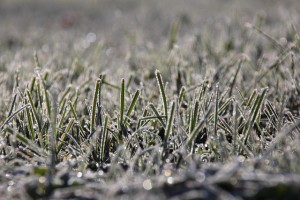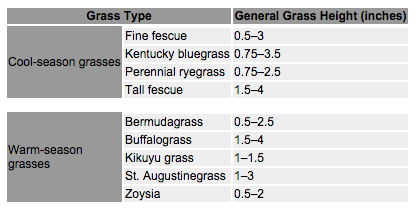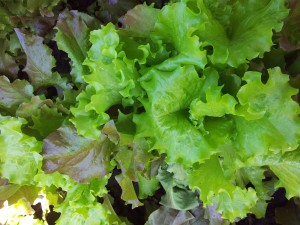Rescuing Damaged Winter Lawns
With the holidays upon us, lawn care is probably the last thing on your mind. However, this is one of the primary times of year that the elements can take their toll on unsuspecting lawns. Freezing weather, humidity changes, and shorter days can be hard on any turf. Come spring, your lawn care business might very well have its work cut out for it rehabilitating surfaces of all types. Here are some of the problems you will likely contend with, as well as some good solutions.

1) Poor Growth Due to Low Organic Soil Content.
Organic matter is what grass lives on. The microbes that survive on this natural food help to perform all kinds of metabolic processes that keep grass alive. Grass itself grows on the stuff, so once it's gone, there's not much to keep your grass going. People who hire you to take care of their yard want the best looking yard, but they might not know what's wrong with it or what to ask you to help fix the problem. Test the soil of a poorly growing lawn. Organic matter may be used up, or may leach away over time. Replace it in a depleted lawn with an organic fertilizer, about one cubic yard for every 1,000 square feet of grass. Soon you'll notice that the grass begins to thrive again.
2) Mold and Funguses.
As a lawn care professional, you will no doubt be familiar with common molds and funguses that ruin grass in your area. With so many varieties out there, there are probably a few that you are unfamiliar with. This is a huge topic, but prevention is the best way to tackle it. Aerate problem lawns well. Also make sure that leaves are well raked before snow sets in. For lawns that need to look their best in the spring, make sure that cold, wet conditions (like snow banks) don't hurt important patches of lawn. Additional drainage and snow-blowing can really help in situations like this, making your job in the spring a much easier one.
3) Rough Treatment of New Grass.
Tender new grass that pops up in the spring needs to be treated with kid gloves. Wright mowers are just the thing. Created by landscape professionals for landscape professionals, they provide an even, light-as-a-feather trim of tender surfaces, allowing grass to grow naturally and evenly, without accidentally taking off more than is healthy. A Wright mower purchased this winter can be your best friend come spring.
There are plenty of other ways that lawns take a beating, particularly during the winter. You can stave off most of these problems with a little preparation and proper treatment when the warm weather comes back. With the proper tools, your lawns will bounce back in no time, and you'll be ready for another busy spring and summer season. Our mowers can help you out. Visit our site to find out more, or book a Demo at your local Dealer .


